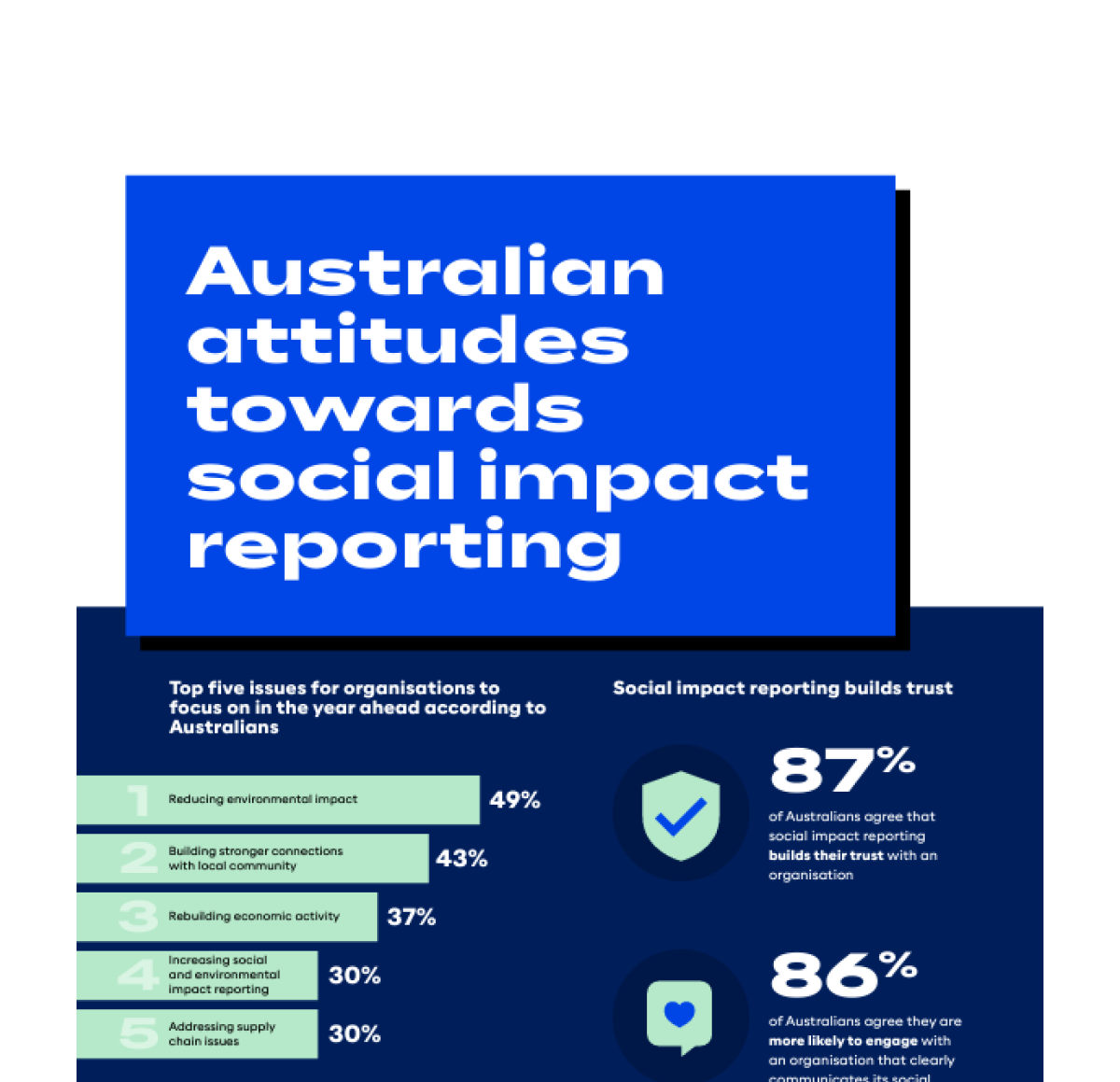Three trends for NFPs to watch out for in 2019

The not-for profit sector and the charities, social enterprises and community organisations across this nation provide much of the social infrastructure that builds the capacity and function of communities Australia wide.
But these are uncertain times and Australia is changing more rapidly than any other time in history.
From technological trends to demographic shifts, from social change to generational transitions, leaders need to respond.
Here are three major trends for NFPs to watch out for in 2019.
1. The importance of trust
The last few years have seen Royal Commissions and other inquiries refocus and recalibrate Australians’ trust. Few sectors have been immune, from religious and political entities to corporations in the financial sector, to aged care providers to social media and tech companies, trust has been eroded.
Two in three Australians (66%) state that their knowledge and trust of an organisation is the most significant motivator in their decision to get involved with a certain charity or NFP.
The year ahead will see consumers value trust, whether it be in a brand, person or entity above price, promise or experience.
Those who can gain and keep trust, and values-based offerings will thrive in the trust-as-premium environment.
2. Increasing transparency and immediacy
As a result of technological advances and increasing scepticism, donors are increasingly demanding greater choice, control, relevance, transparency and anytime/anywhere access to information.
Transparent reporting of administration costs (69%) is the most important characteristic for a charity to have, to encourage donor support. This is closely followed by verification that it is a registered charity (68%) and that it is well-established with a proven track record (65%).
These characteristics are ahead of an overview of the impacts the charity has had by reporting specific results and numbers (52%), demonstrating the importance of transparency, relevance and access to information.
At a time when wage increases are moderate, the cost of living is up, and Australians are increasingly sceptical, transparent reporting to donor communities is going to be key to increasing engagement.
3. Engaging the next generation
From 2019, there will be more Australians born since 1980 than before 1980. This means that Generation Y (born from 1980 to 1994), Generation Z (born from 1995 to 2009) and Generation Alpha (born since 2010) will comprise more than half of the population.
While the emerging generations are purpose-driven and socially conscious, they are also less likely to commit long-term to a specific charity or not-for-profit organisation. Close to eight in ten (79%) Australians agree that charities will struggle in the future as younger Australians are less actively involved than previous generations.
Relevant marketing and communications, increasing the immediacy and personalisation of donor and volunteer options will be key to attracting younger supporters.
Engaging this post-loyal generation will be key, as from 2019 Generations Y and Z will comprise the majority of the workforce — outnumbering Generations X and the Baby Boomers for the first time.
This demographic and economic strength will see Gen Y and Z dominate as workers, consumers, new household formers and therefore as the key demographic to engage with.
For media commentary contact us on 02 8824 3422 or at [email protected]




